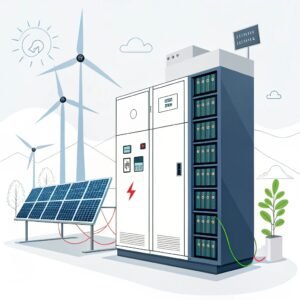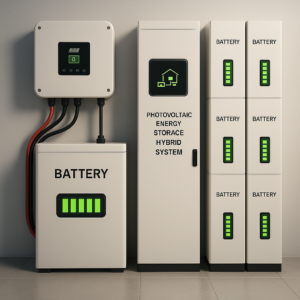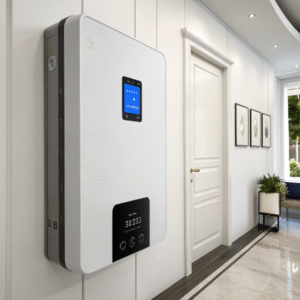What happens when power goes out and you have solar panels?
by
What happens when power goes out and you have solar panels?
The lights suddenly go out - but your roof is covered with solar panels. Will they keep your home powered during the blackout? The answer depends on your specific solar setup.
Most standard grid-tied solar systems automatically shut off during power outages for safety reasons. To maintain power during outages, you need battery storage or a special hybrid inverter system.
[image placeholder]
Transition Paragraph:
Now let's examine how different solar configurations perform during power outages and what options exist for backup power.
How to Clean Solar Panels?
Dirty solar panels can lose up to 25% of their efficiency. Regular cleaning ensures you're getting maximum power from your investment.
Clean solar panels 2-4 times per year using soft brushes, mild soap, and water. Avoid harsh chemicals, abrasive tools, and cold water on hot panels which can cause cracking.
Professional cleaning vs DIY:
| Method | Cost | Frequency | Effectiveness |
|---|---|---|---|
| Professional | $100-$300 | 2x/year | 95-100% |
| DIY with kit | $50 one-time | 4x/year | 85-90% |
| Hose rinse | Free | As needed | 70-75% |
Safety Tip: Never walk on roof panels or clean during peak sunlight hours when surfaces are extremely hot.
What are the three types of solar panels?
Not all solar panels are created equal. Understanding the differences helps you choose the best option for your needs and budget.
The three main types are monocrystalline (most efficient), polycrystalline (mid-range), and thin-film (lightweight but less efficient). Each has distinct advantages for different applications.
Comparison of solar panel types:
| Type | Efficiency | Cost | Lifespan | Best For |
|---|---|---|---|---|
| Monocrystalline | 18-22% | $$$ | 25+ years | Roofs with space limits |
| Polycrystalline | 15-17% | $$ | 20-25 years | Budget-conscious buyers |
| Thin-film | 10-13% | $ | 15-20 years | Large commercial roofs |
Real-World Example: Monocrystalline panels produce about 20% more power in the same space compared to polycrystalline.
What is the difference between monocrystalline and polycrystalline solar panels?
These two similar-looking panel types have important differences in performance, cost, and appearance.
Monocrystalline panels have uniform black cells and higher efficiency (18-22%), while polycrystalline panels have blue-speckled cells and lower efficiency (15-17%) but cost about 20% less.
Key differences:
-
Manufacturing Process:
- Mono: Single silicon crystal
- Poly: Multiple silicon fragments
-
Temperature Performance:
- Mono: Loses less efficiency in heat
- Poly: More affected by high temps
-
Space Efficiency:
- Mono: Needs 20% less space for same output
- Poly: Requires more roof area
-
Aesthetics:
- Mono: Sleek black appearance
- Poly: Blue speckled look
Pro Tip: Choose monocrystalline if you have limited roof space or want maximum efficiency. Polycrystalline works well when you have ample space and want to save on initial costs.
Conclusion
Understanding your solar system's capabilities during outages and proper maintenance ensures you get the most from your investment. The right panel type depends on your specific needs, budget, and available space.
You may also be interested in:



